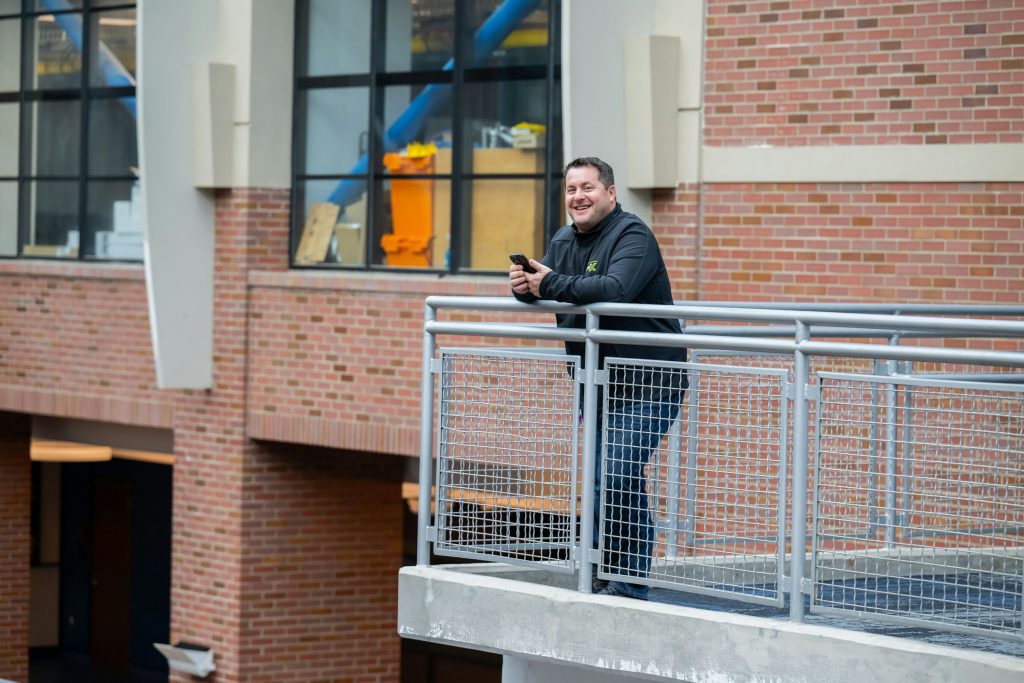Manager and Rider Support for Safety Decisions
The managers and riders I spoke with seemed supportive of the decisions made regarding safety. They expressed a desire for us to prioritize safety in our calls. Ultimately, after reflecting on the various scenarios, we feel confident that we made the right choices. Discussions with the OEMs, race teams, and riders reinforce that belief. Although we are committed to racing in the rain, safety must always come first, and that guided our decisions, albeit not always popular.
Lightning Protocols and Venue Responsibilities
When lightning is present, we follow a thirty-minute hold protocol. We’ve experienced multiple incidents that reset this clock. The circumstances at a NASCAR facility differ slightly from those at an NFL venue. While we have some flexibility if the storm is moving away, the unpredictability of lightning necessitates waiting for the full thirty minutes. Ultimately, the venue’s management decides when racing can safely resume, engaging in real-time discussions with their meteorologist for updates.
Fan Perception vs. Safety Reality
Fans in the stands or pits may think they see clear skies, yet venues have improved their ability to detect lightning activity. Our use of WeatherTap, a precise online weather service used by many professional sports venues, helps us spot lightning strikes with accuracy. This allows us to track storms effectively, knowing when a significant weather cell is approaching.
Feasibility of Renting Lights
As I’ve stated before, it’s impractical to invest heavily in lighting just for contingencies. Given the constraints of our scheduling, making track adjustments to race safely was not an option. Introducing riders to a new track layout without prior experience complicates matters further. Our track’s setup is designated primarily for the drag strip and doesn’t easily accommodate additional lighting adjustments.
Challenges of Sunday Operations
Running the event on a Sunday presents logistical headaches. We have approximately 3,500 credentialed personnel, each requiring accommodations and travel arrangements for an extra day. Many may have other commitments to attend to on Monday. Additionally, our TV crews often have scheduling conflicts, as they manage other events between races. Organizing this is quite complex.
Conclusion
Overall, the discussions and decisions surrounding safety during racing events require careful consideration and communication. It’s a challenging balance between fan experience, operational logistics, and ensuring everyone’s safety under varying weather conditions.
For the full interview with Mike, please refer to the one-hour mark.



